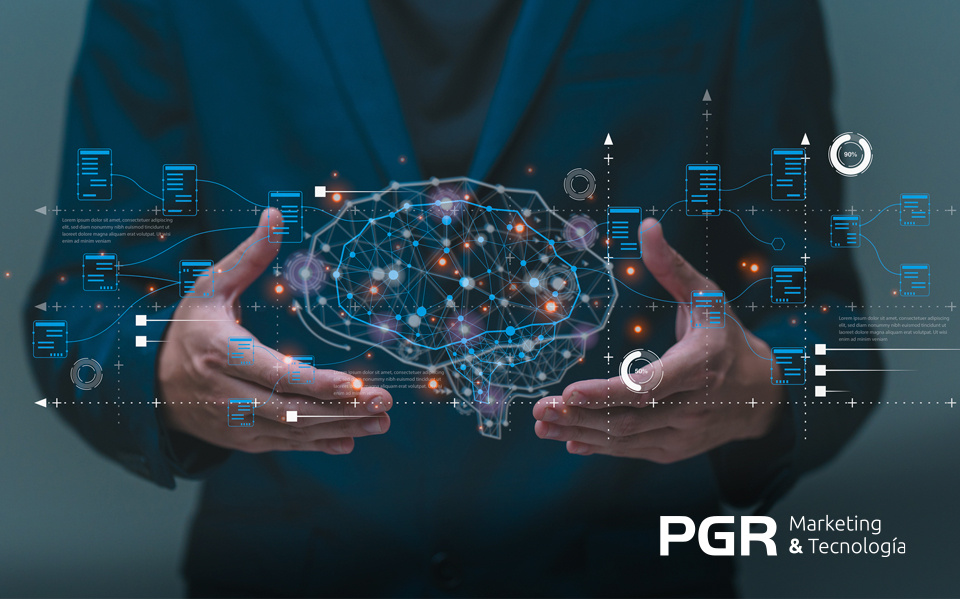In recent years, generative AI has revolutionized various sectors. Especially with the arrival of ChatGPT . However, despite its numerous advantages, it is necessary to use it with caution due to its limitations.
Although these technologies are very useful in various tasks, it is very important to be aware of their limitations and take precautions to ensure their efficiency and effectiveness.
What are the main limitations of generative AI?
1.- Data dependencies
Generative AI tools can generate answers that appear correct, but contain errors or are out of context due to a lack of understanding of the real world or limitations in the training data. To avoid these imperfections, it is key to review and verify the information obtained. These inaccuracies, known as “AI Hallucinations,” show that the effectiveness of generative AI depends largely on the quality of the data it has been trained on. If the training data contains biases, errors, or is incomplete, the results generated by the AI will reflect those same deficiencies.
Low-quality data can lead to the generation of inaccurate or inaccurate content, perpetuating biases or misunderstandings. Therefore, it is essential to use diverse and well-curated data sets to train these models, in addition to applying data cleaning and tuning techniques to improve the accuracy and reliability of the results generated.
2.- Opaque operating system
The use of generative AI in business environments raises serious concerns about data confidentiality and security. When processing sensitive information, such as financial data, market strategies, or personal information of employees and customers, there is a risk that this data can be exposed, mismanaged, or even leaked.
Generative AI systems often operate as a “black box,” meaning that the exact way they arrive at a particular conclusion or generate a specific outcome is not transparent. This opacity can be problematic in critical applications where understanding the decision-making process is essential. For example, in healthcare or finance, where decisions have significant consequences, the inability to trace the AI’s thought process can be a major drawback.
3.- Lack of creativity and understanding of the context
While generative AI can mimic creativity, it basically remixes and repurposes existing data and patterns. It lacks genuine creativity and the ability to produce truly novel ideas or concepts.
These systems often struggle to understand context, especially in complex or nuanced situations. This limitation is evident in situations that require a deep understanding of cultural nuances, emotional intelligence, or ethical considerations.
4.- Intensive use of resources
Developing and operating generative AI models typically requires significant computational resources. Training large models demands a great deal of energy and processing power, making it expensive and less accessible to smaller organizations or individuals. This resource intensity also raises environmental concerns, given the carbon footprint associated with the massive data centers required to train and run these models.
However, despite their limitations, and as long as we are aware that they are not perfect, these tools can help take productivity to another level.
Since the emergence of OpenAI's ChatGPT and Google's Gemini , among other generative AI tools , corporate teams have been experimenting to improve their productivity and creativity.
Do you want to start overcoming the limitations of generative AI? At PGR Marketing & Technology we help you take advantage of its full potential to benefit your company.





